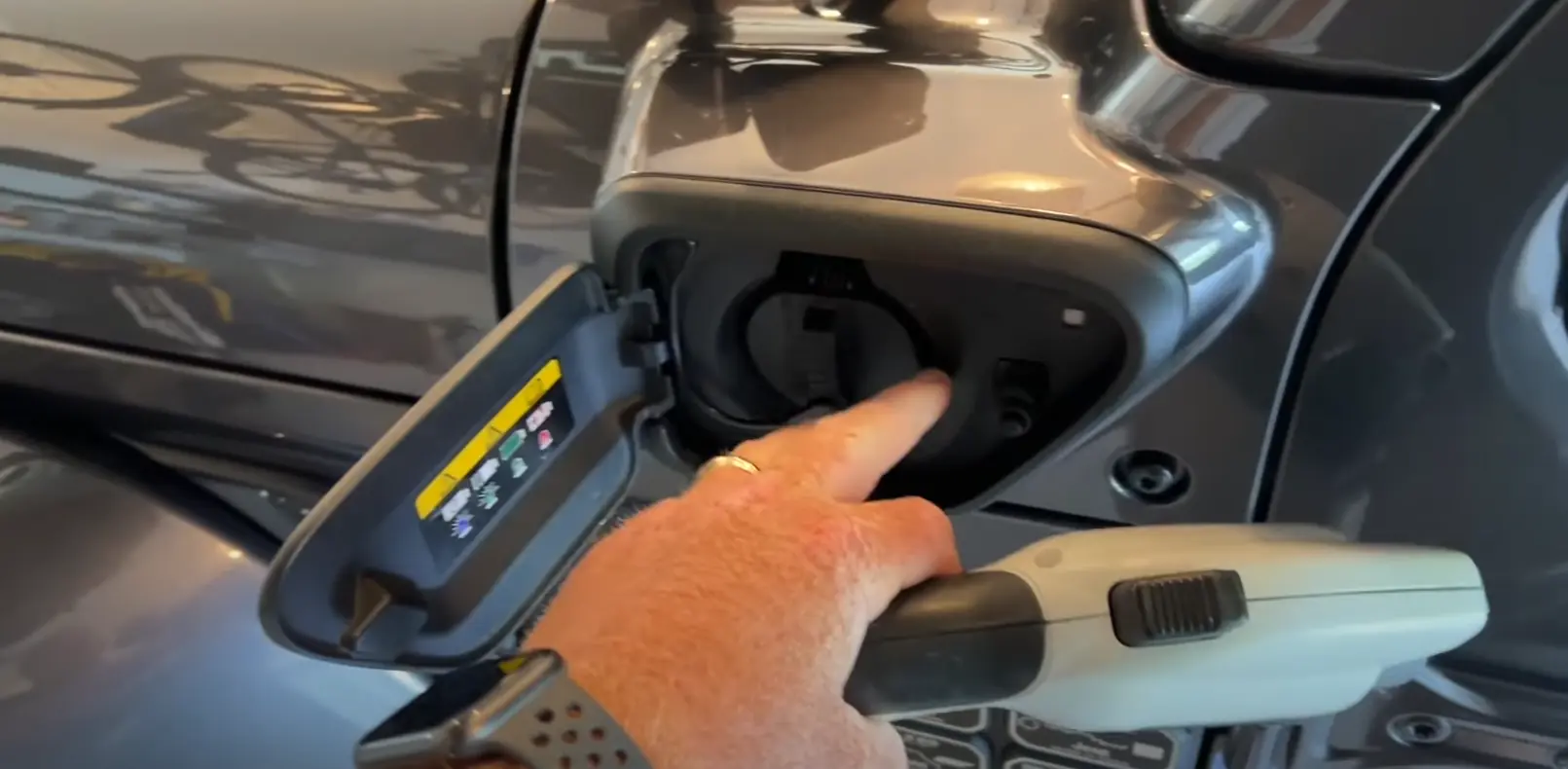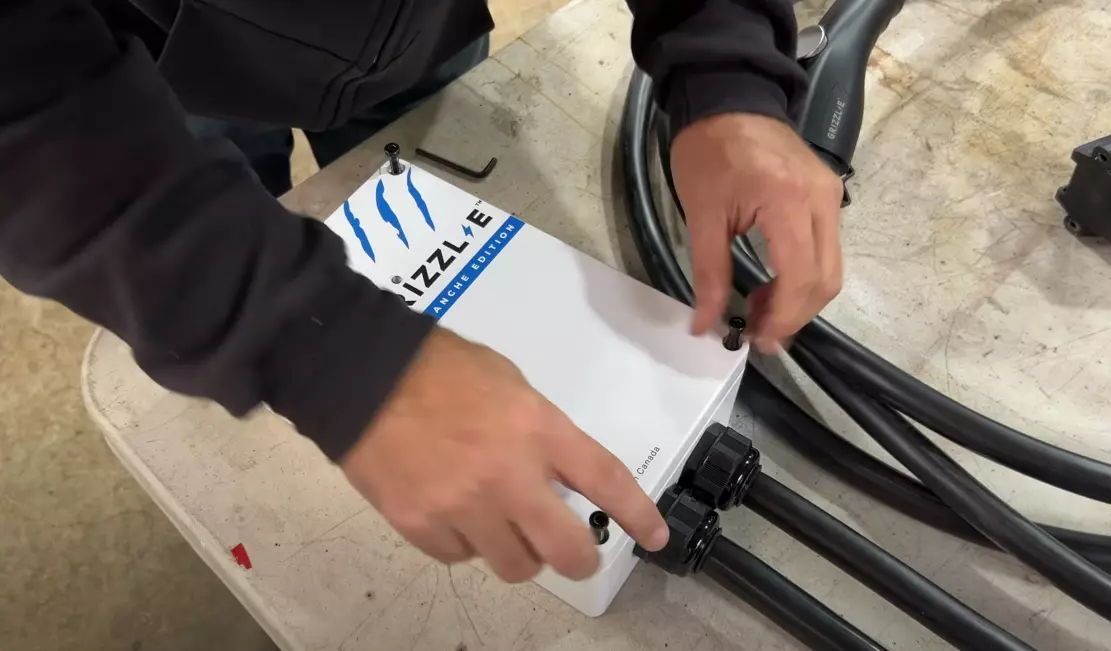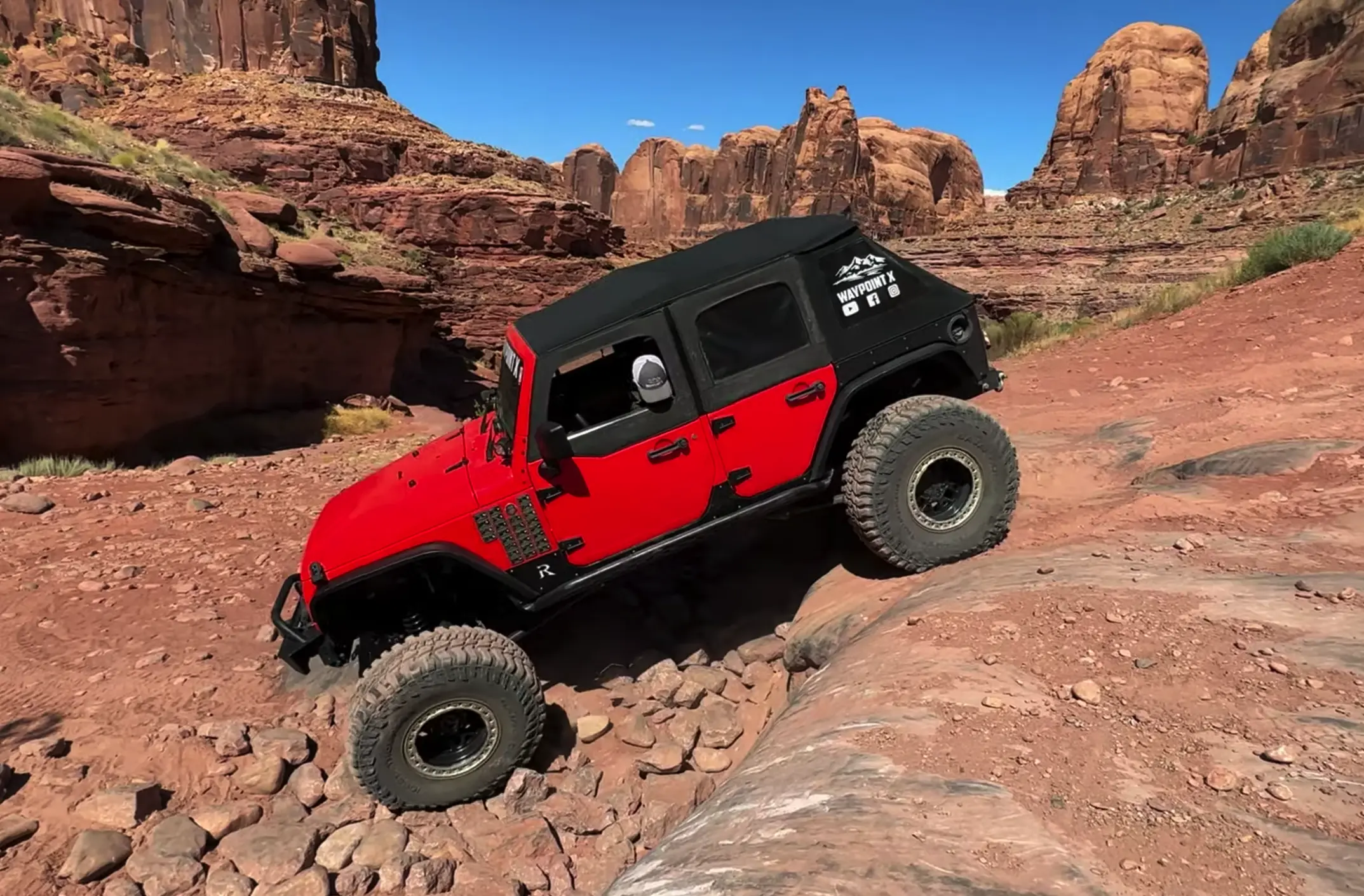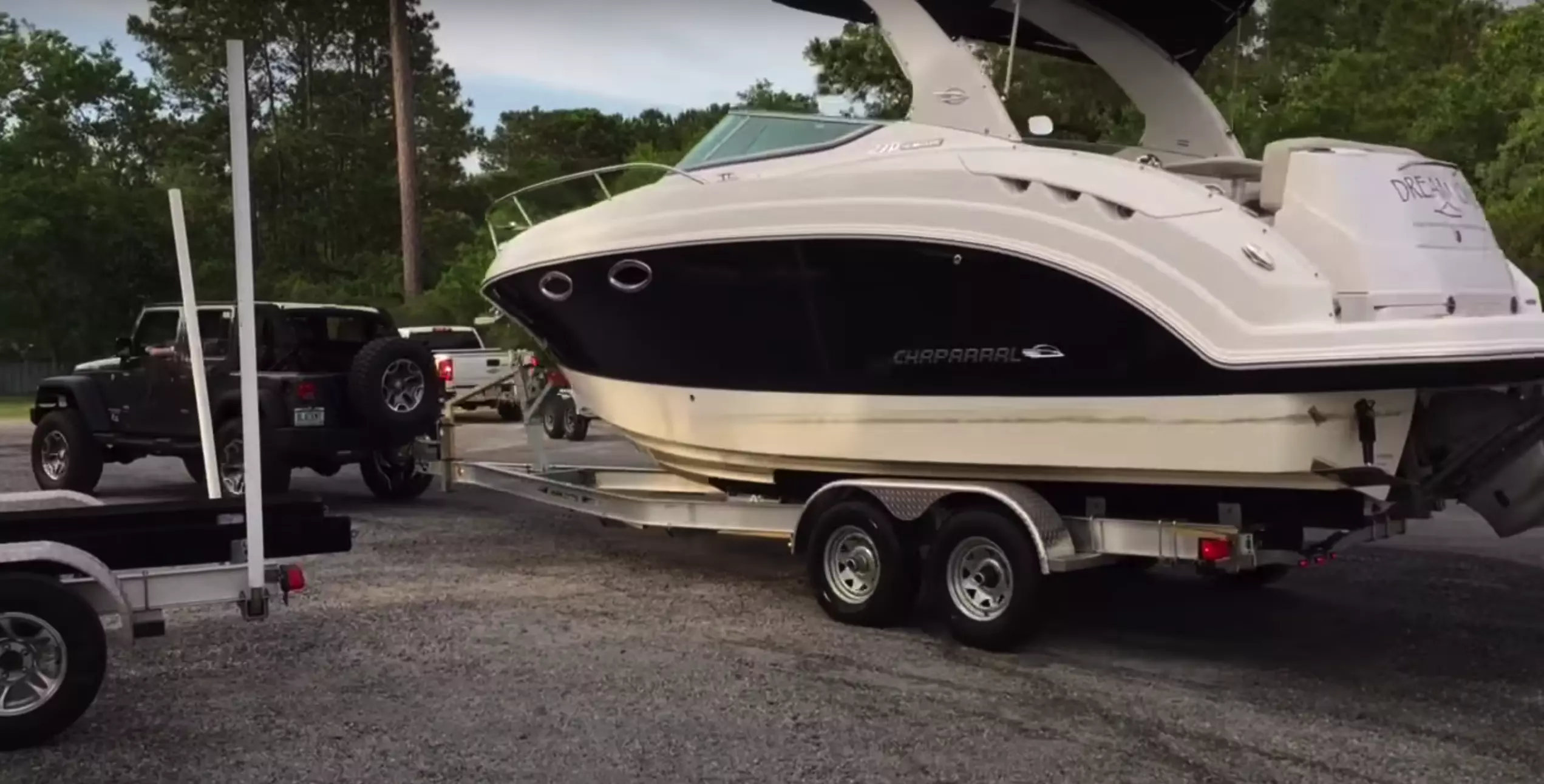
Embarking on a road trip with a trailer in tow can be an exhilarating adventure, offering the freedom to explore new horizons and create lasting memories.
Boating, fishing, camping, and off-roading are undoubtedly fun activities. Still, the responsibility of towing equipment needed for the activities such as hitch racks, bike racks, DIY Trailers, boats, campers, utility trailers etc., carries inherent challenges, particularly regarding braking. As any experienced tower knows, the added weight of a trailer increases the complexity and danger of braking maneuvers. The more weight you pull, the greater the momentum generated, especially at higher speeds. Consequently, it takes a significantly longer distance for your vehicle to come to a complete stop; this heightened rate underscores the importance of adhering to safety regulations while towing.
Across the United States, numerous individuals own boats, camping trailers, and rugged Jeeps equipped with hitches and accessories for vacation purposes and off-road escapades. However, the enjoyment of these activities must be balanced with a commitment to safety and compliance. Whether you’re towing a bayliner element boat with your Jeep for a weekend on the lake or pulling an Overlanding trailer for a scenic getaway, the joys of boating, fishing, and camping are enhanced by the prospect of hitting the open road. However, amid the excitement, it’s crucial to remember that safety reigns supreme, especially when towing tons of extra weight behind your vehicle.
Furthermore, each state has its own set of laws and regulations on trailer towing. These laws encompass a wide range of aspects, including maximum weight allowances, braking system requirements, tail light specifications, safety chain mandates, reflector guidelines, and regulations for brake lights, among others. Regardless of the state in which your vehicle is registered or if you’re equipping your Jeep with a hitch and accessories for adventurous outings, it is imperative to adhere to the towing laws of the state you are traveling through or to. This adherence prevents accidents and reduces the risk of being pulled over and fined for non-compliance.

In the forthcoming sections of this visual guide, we will delve into the intricacies of trailer towing laws by state, offering insightful illustrations that shed light on these diverse regulations. Whether you’re a seasoned tower, a Jeep enthusiast exploring uncharted terrain, or a novice in the world of towing and off-roading, this guide will empower you with the knowledge needed to ensure a secure and enjoyable journey on the nation’s highways and trails. By understanding and respecting the trailer towing laws in each state and equipping your Jeep with the appropriate Jeep hitch and accessories, you can confidently navigate the road and conquer the trails, focusing on the breathtaking scenery and unforgettable experiences that lie ahead.
Highlighted below are some of the trailer towing laws by state in Informative Illustrations.
Alabama Trailer Towing Laws.
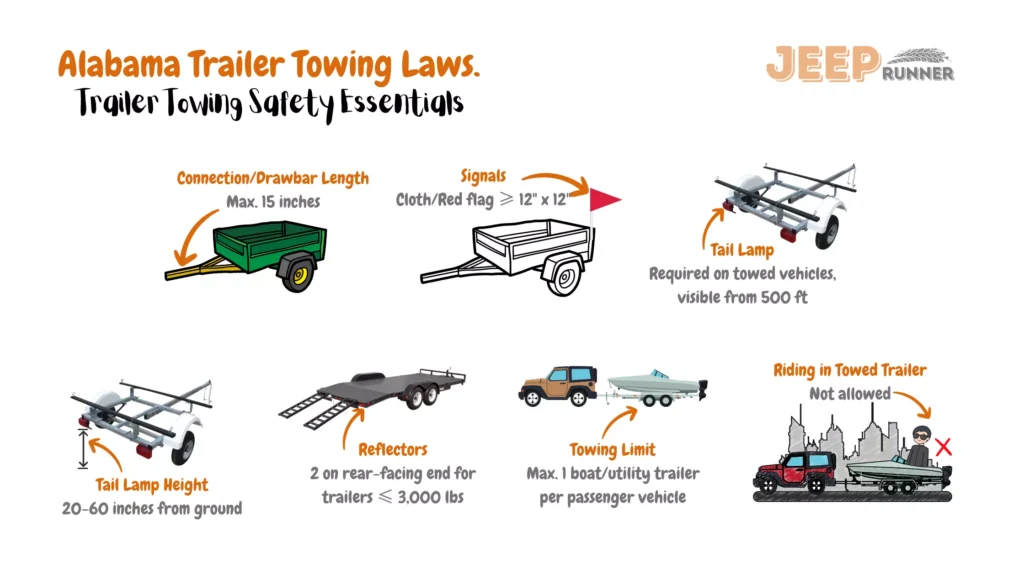
Alaska Trailer Towing Laws.

Arizona Trailer Towing Laws.
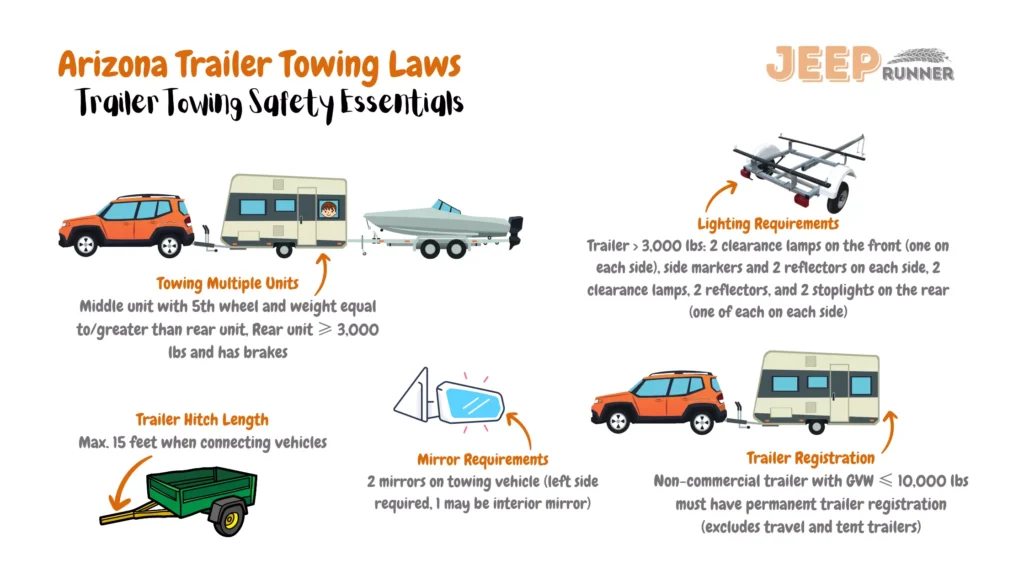
Arkansas Trailer Towing Laws.
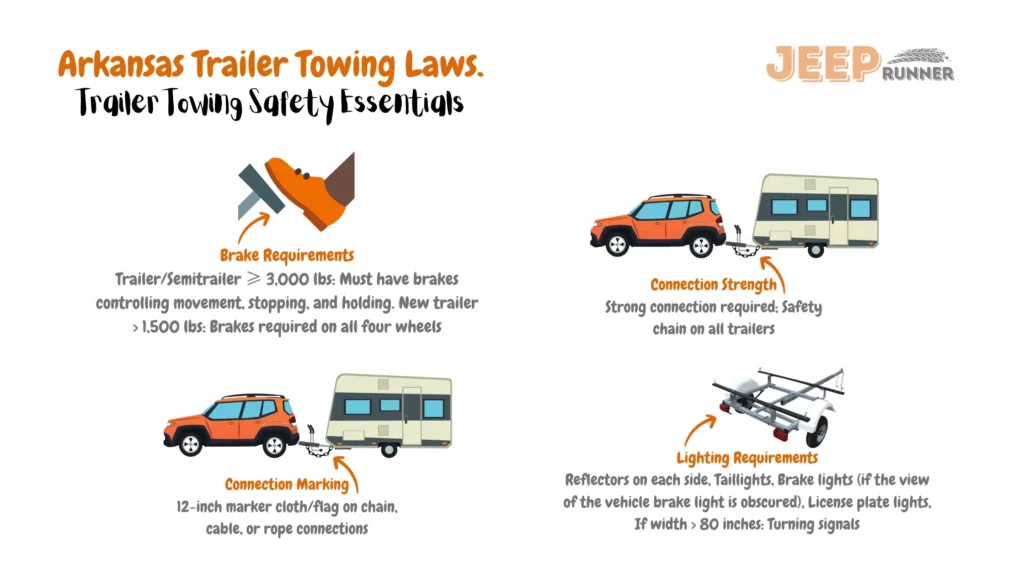
California Trailer Towing Laws.
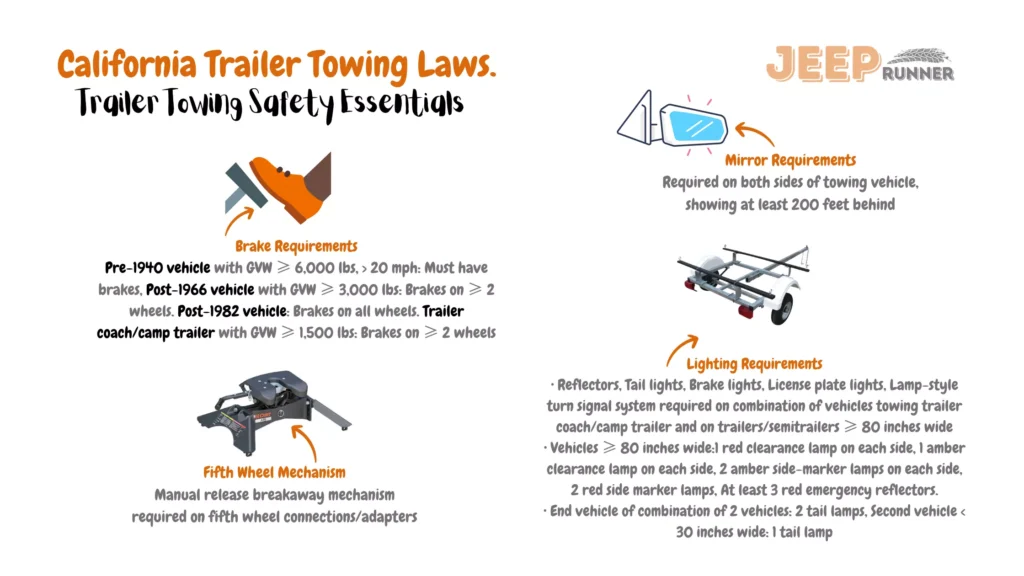
Colorado Trailer Towing Laws.
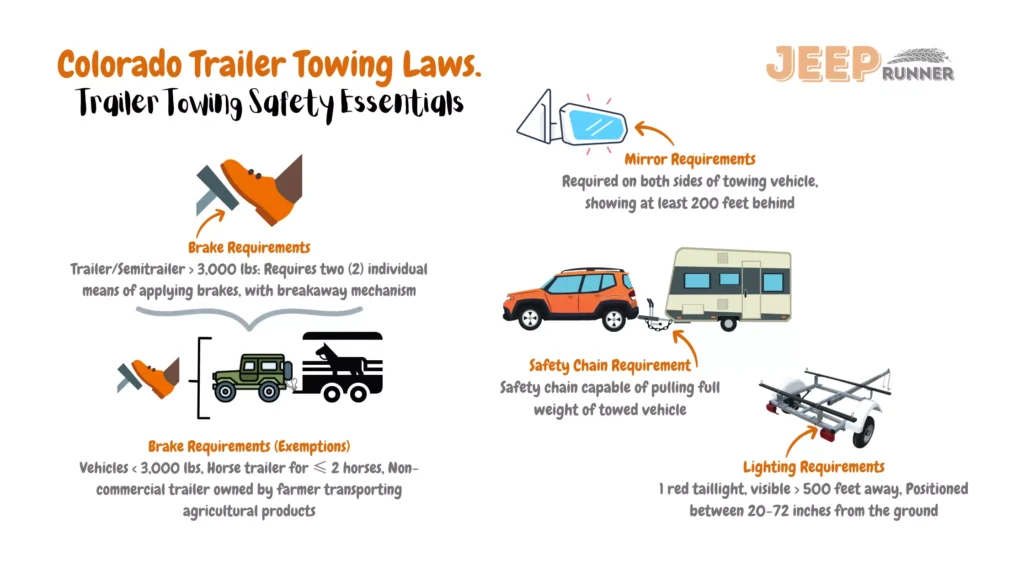
Connecticut Trailer Towing Laws.
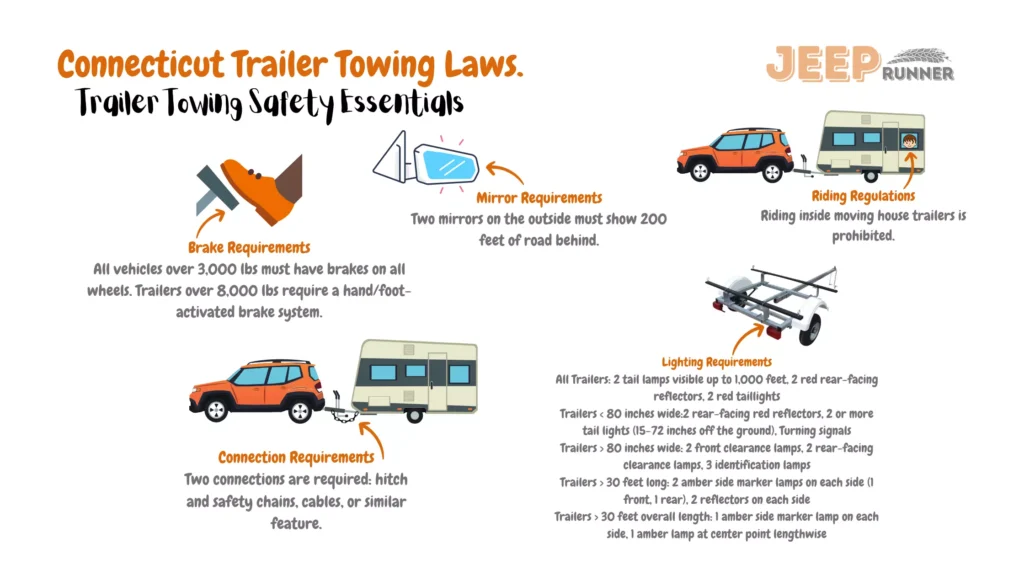
Delaware Trailer Towing Laws.
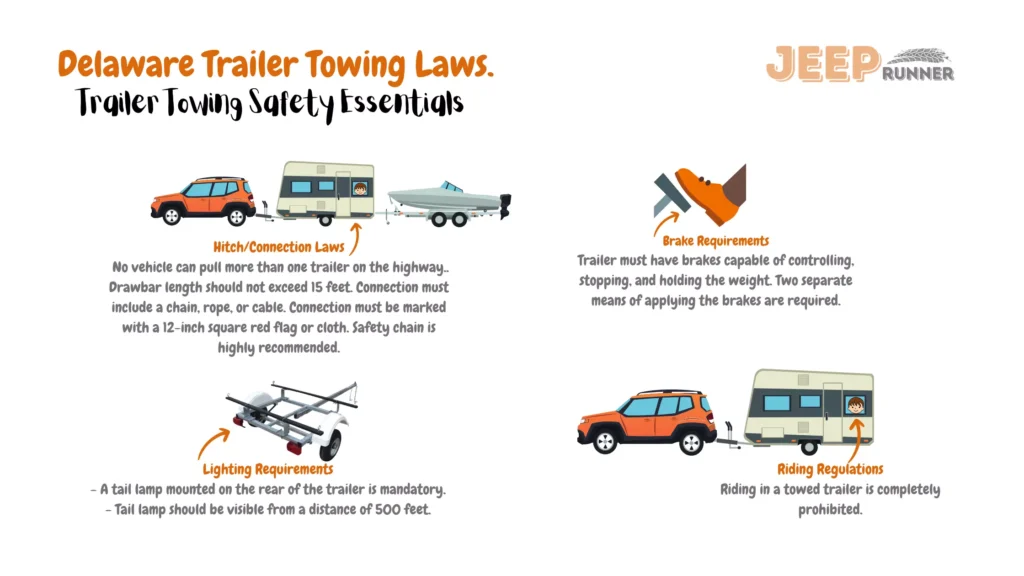
Florida Trailer Towing Laws.
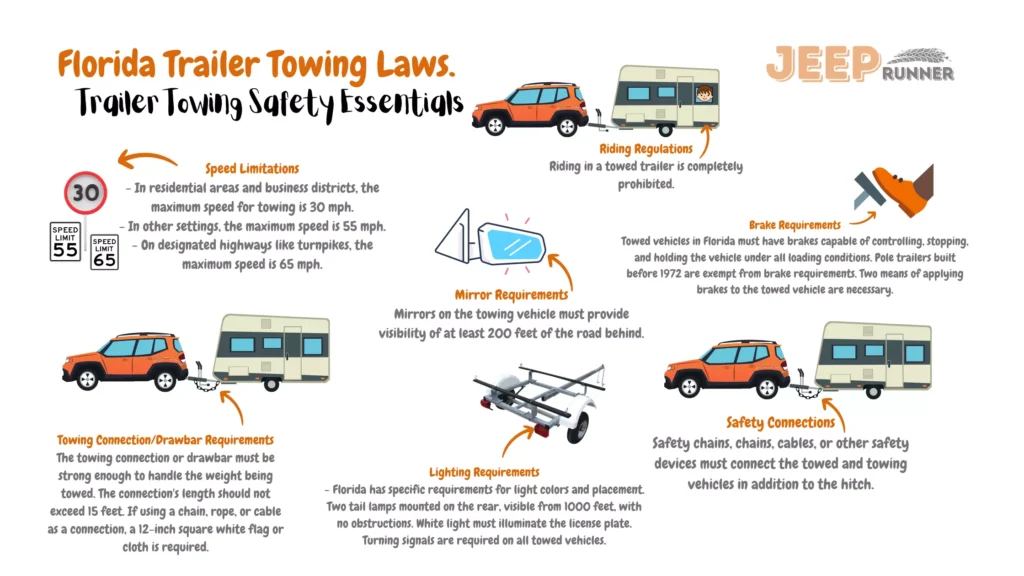
Georgia Trailer Towing Laws.
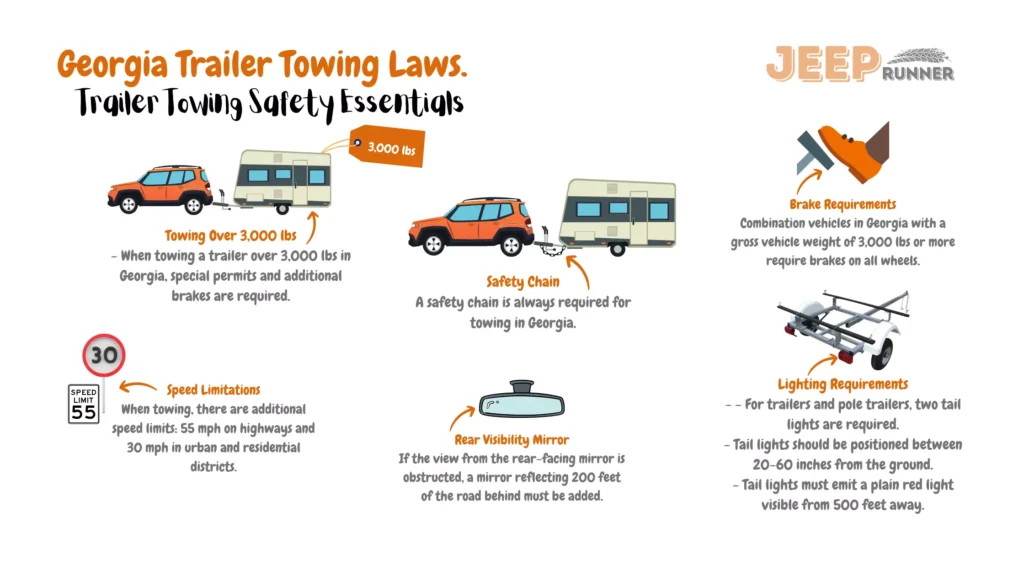
Hawaii Trailer Towing Laws.
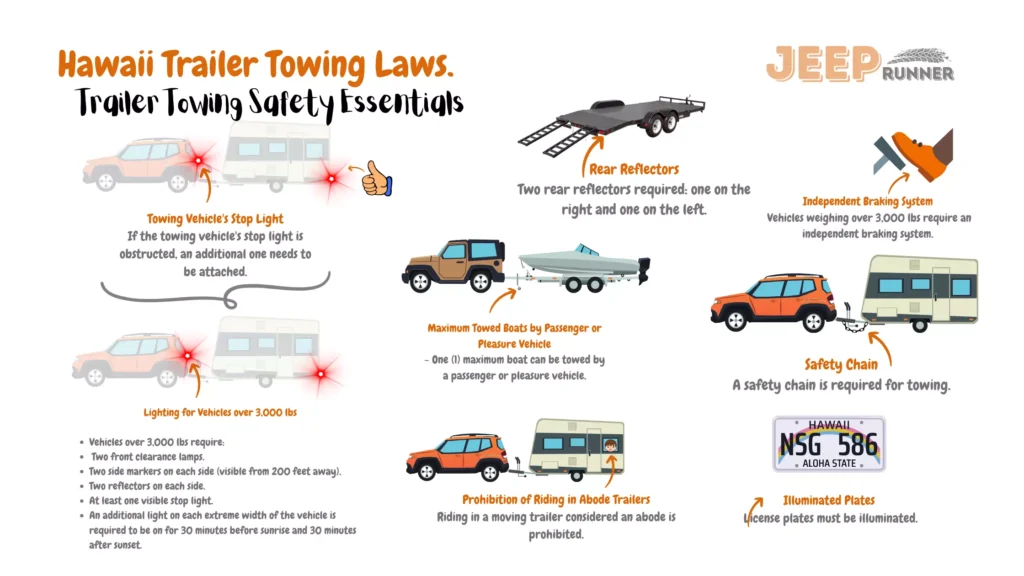
Idaho Trailer Towing Laws.

Illinois Trailer Towing Laws
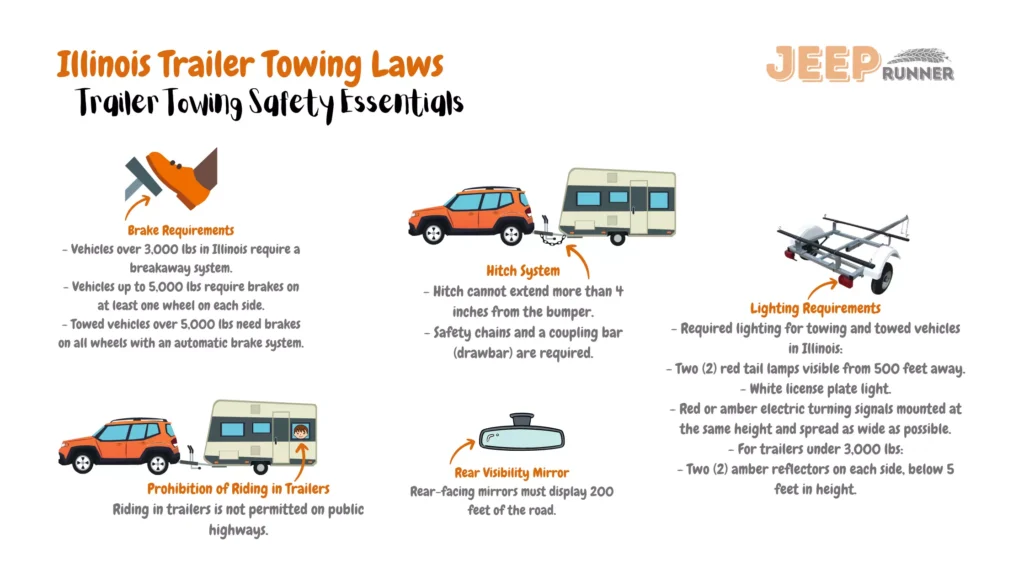
Indiana Trailer Towing Laws.
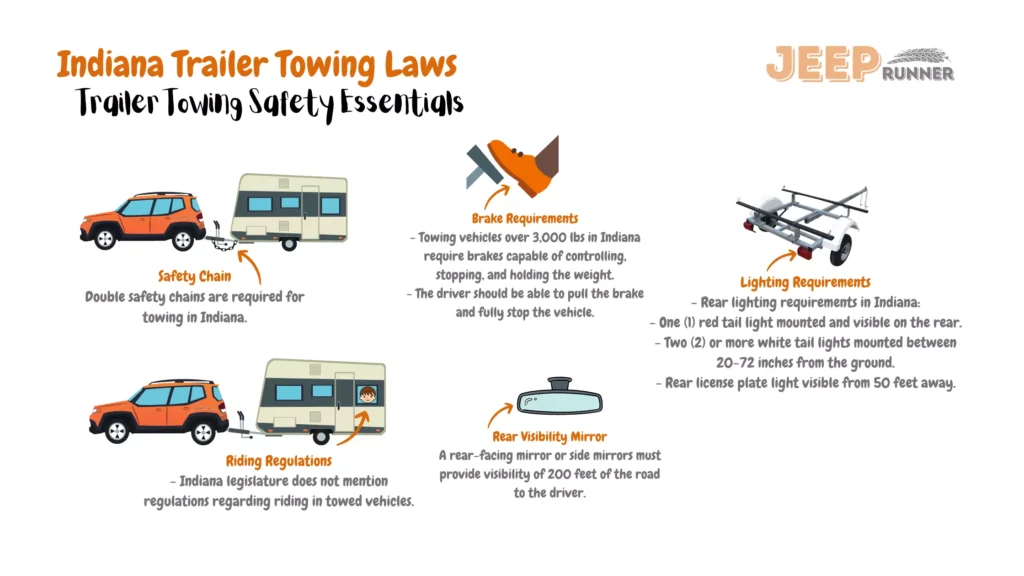
Iowa Trailer Towing Laws.
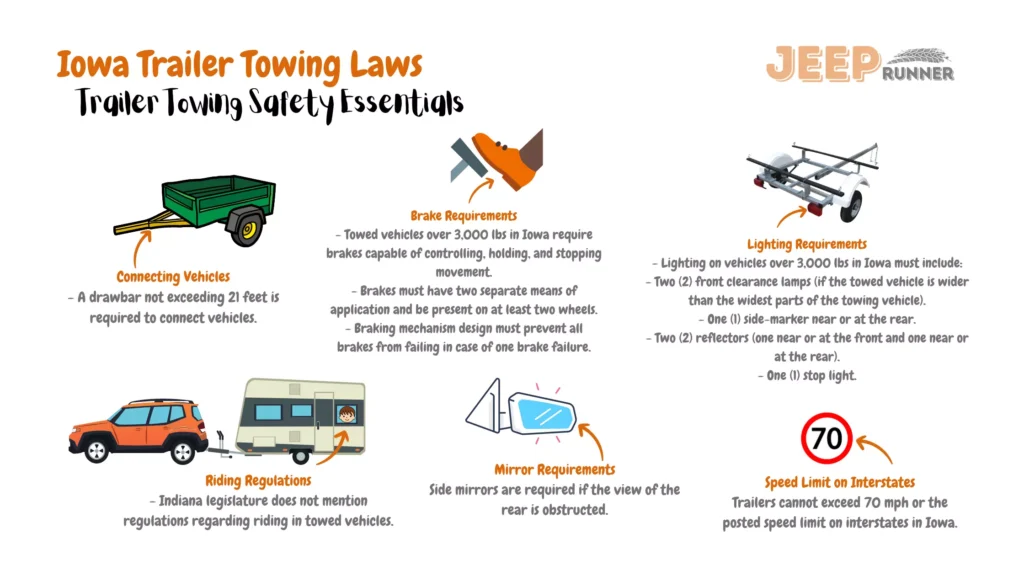
Kansas Trailer Towing Laws.
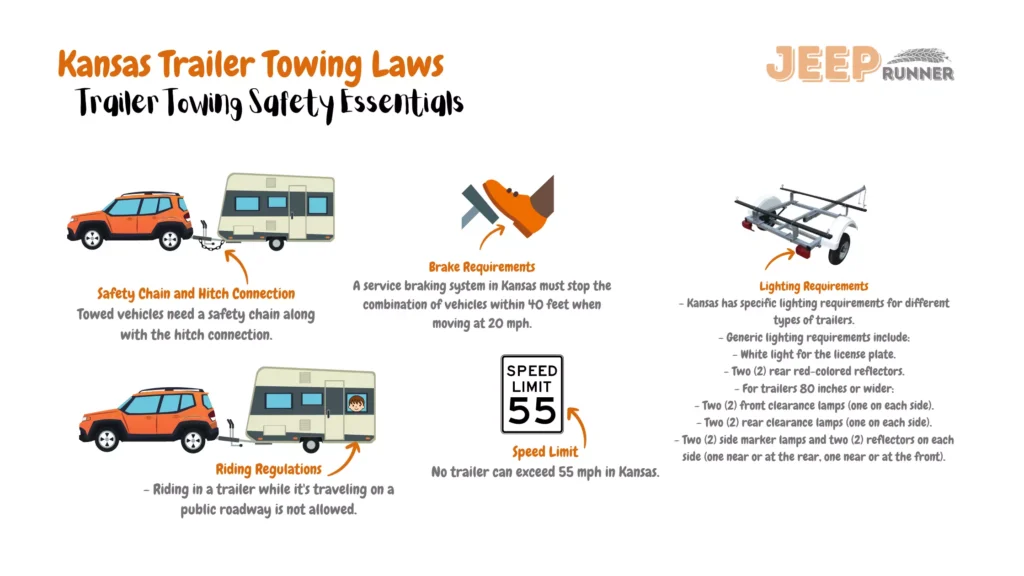
Kentucky Trailer Towing Laws.
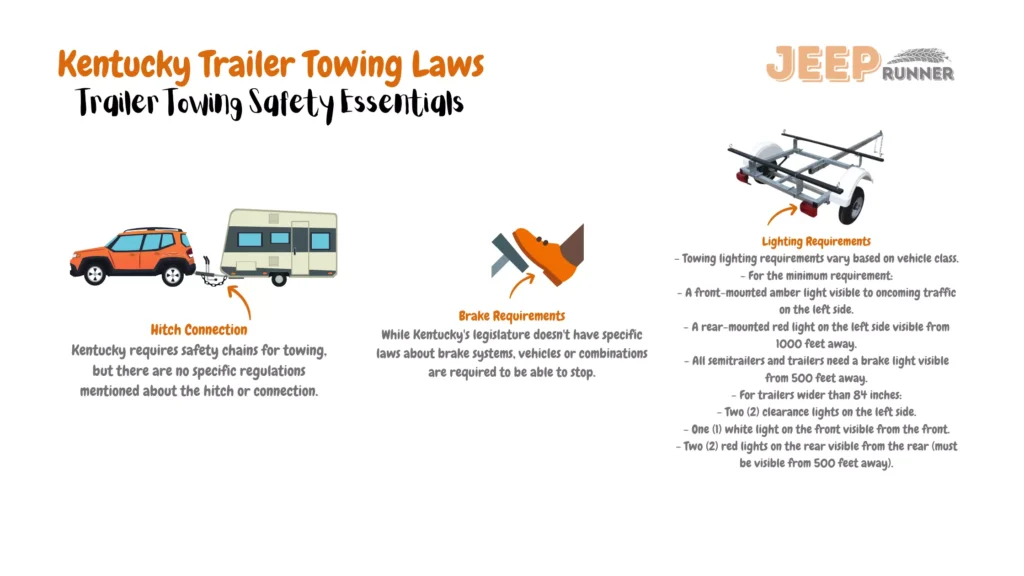
Louisiana Trailer Towing Laws.
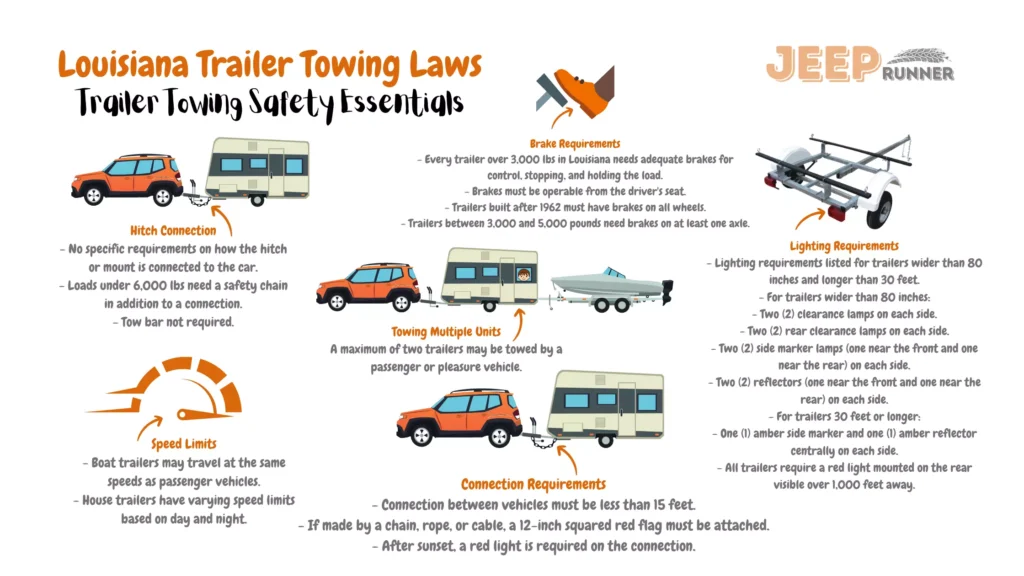
Maine Trailer Towing Laws.
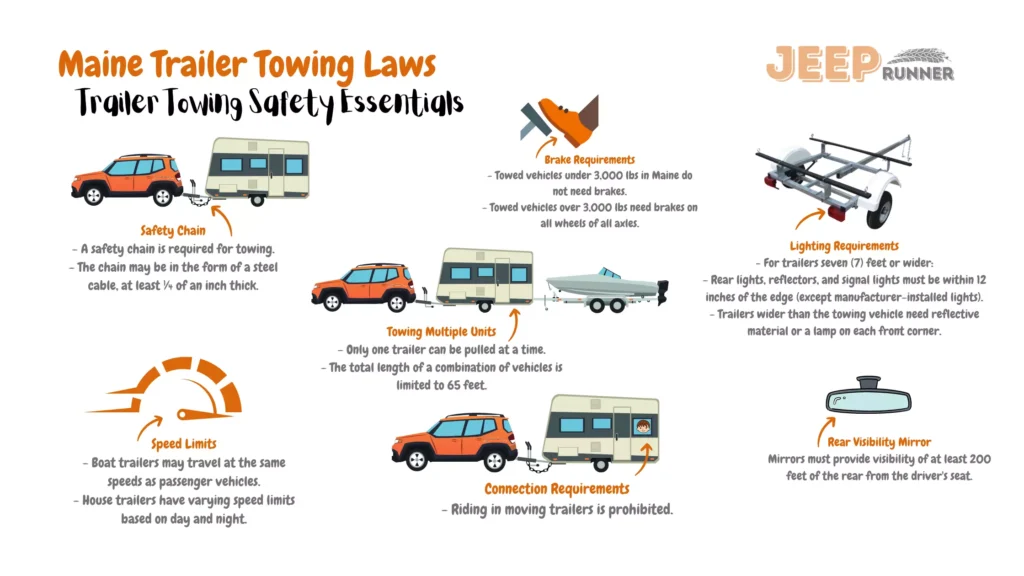
Maryland Trailer Towing Laws.
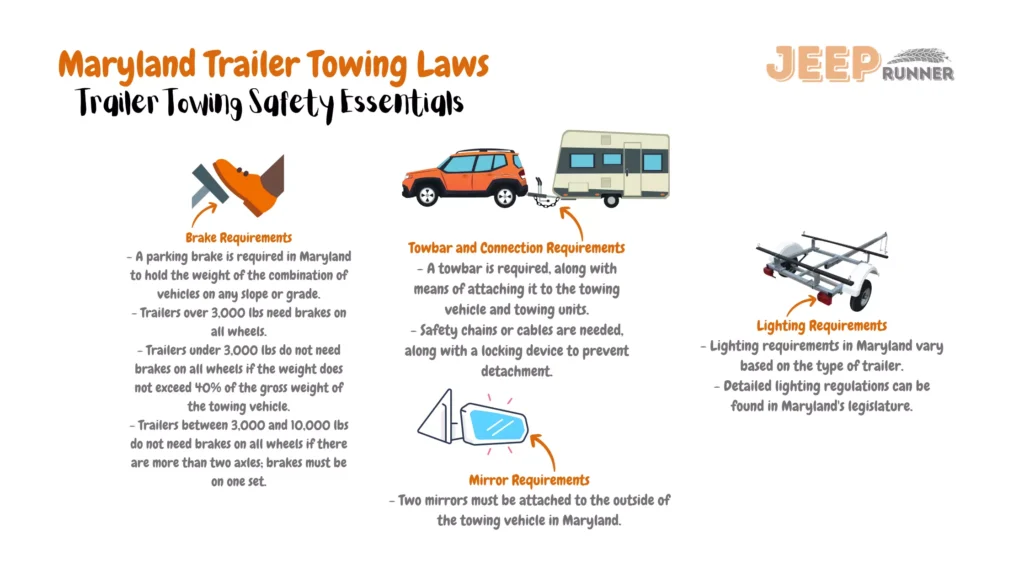
Massachusetts Trailer Towing Laws.
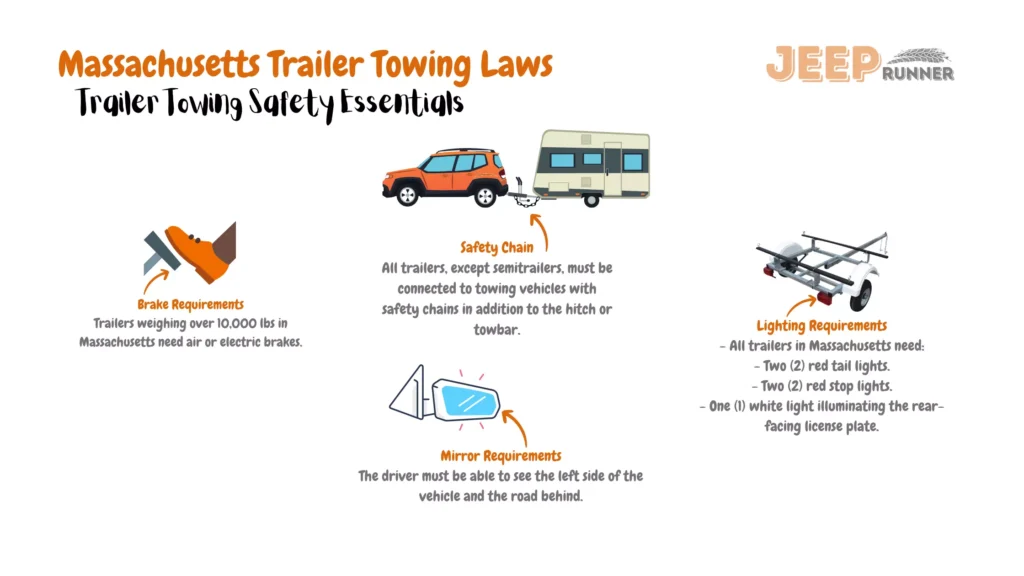
Michigan Trailer Towing Laws.
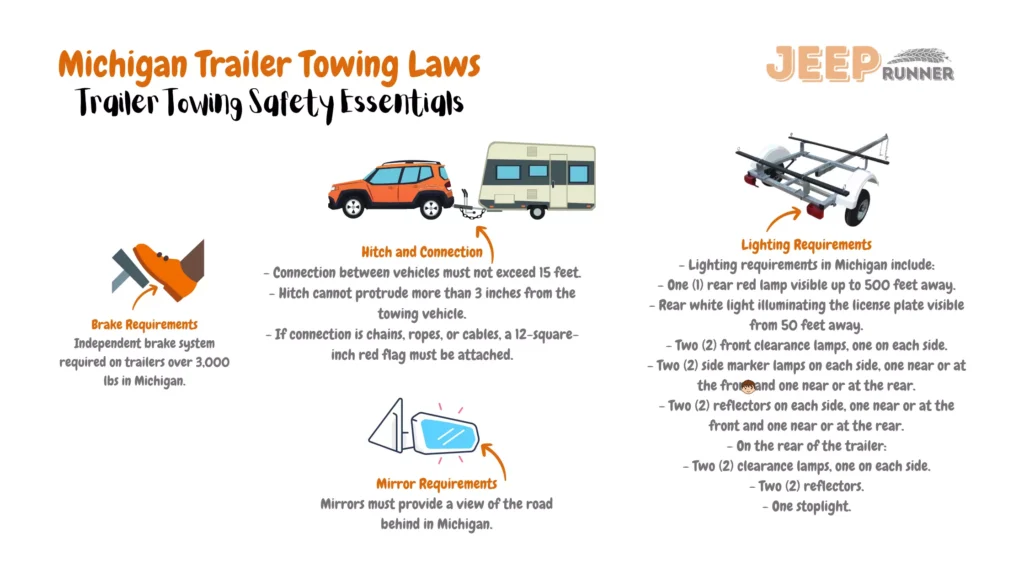
Minnesota Trailer Towing Laws.
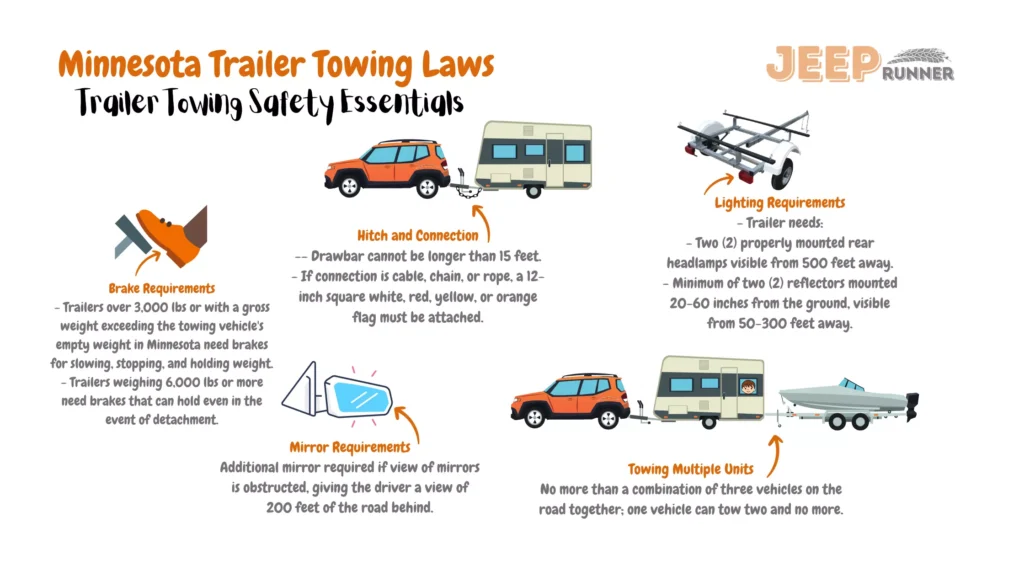
Mississippi Trailer Towing Laws.

Missouri Trailer Towing Laws.
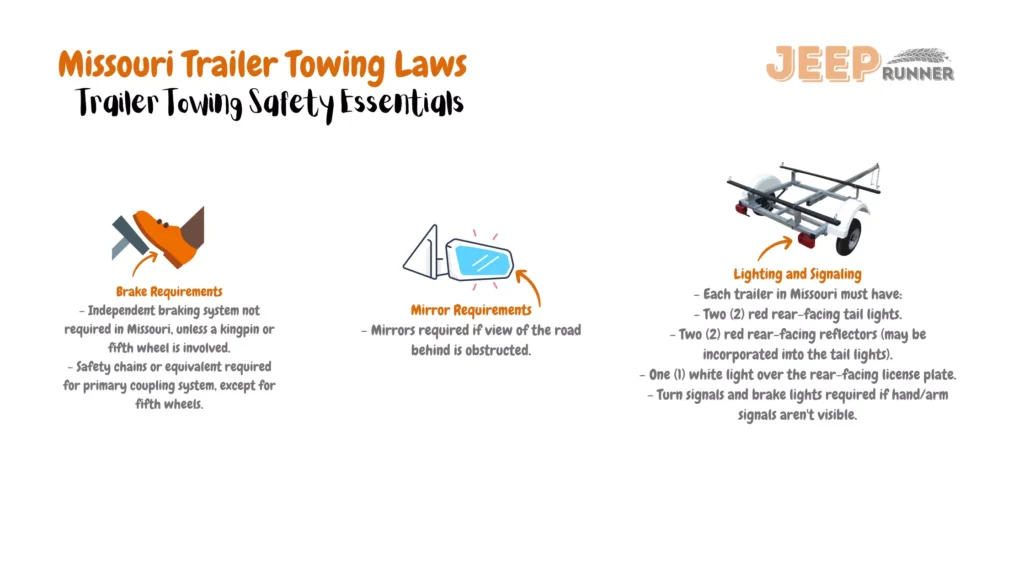
Montana Trailer Towing Laws.
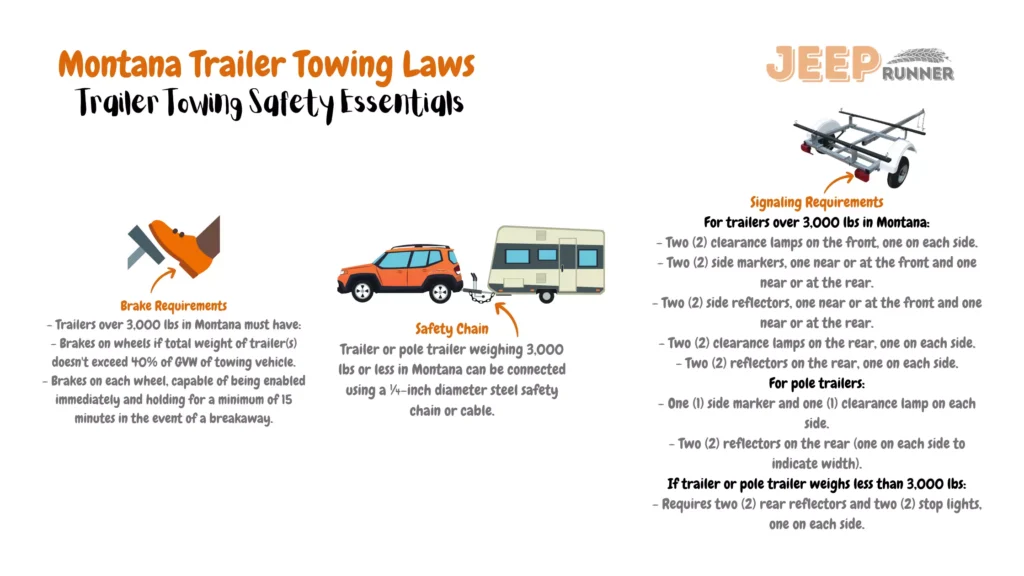
Nebraska Trailer Towing Laws.
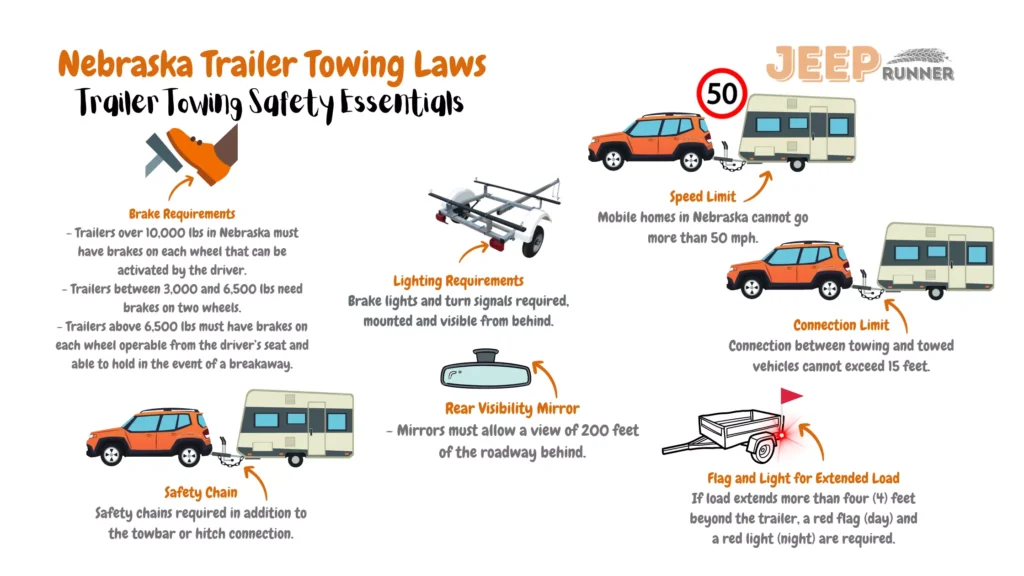
Nevada Trailer Towing Laws.
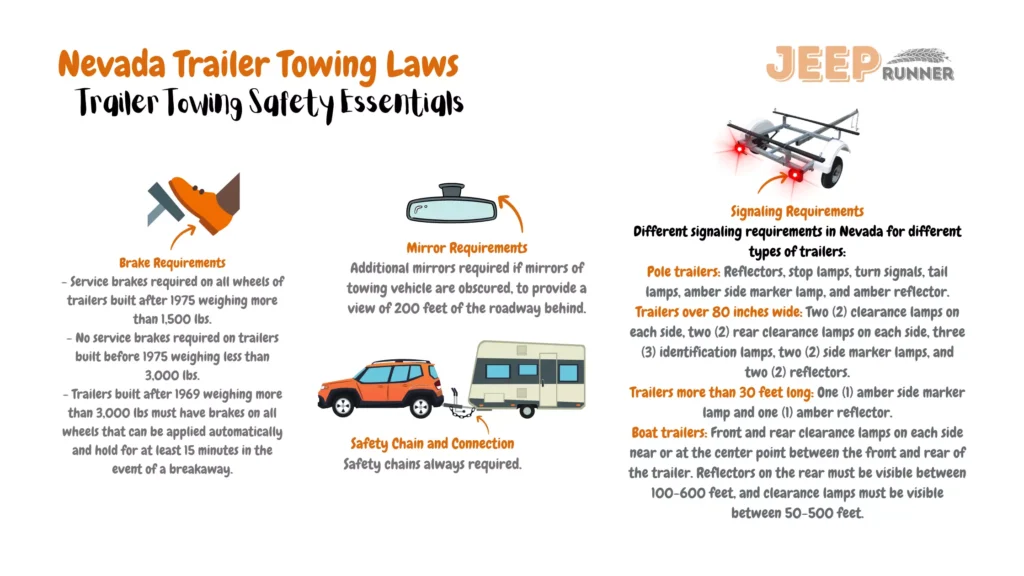
New Hampshire Trailer Towing Laws.
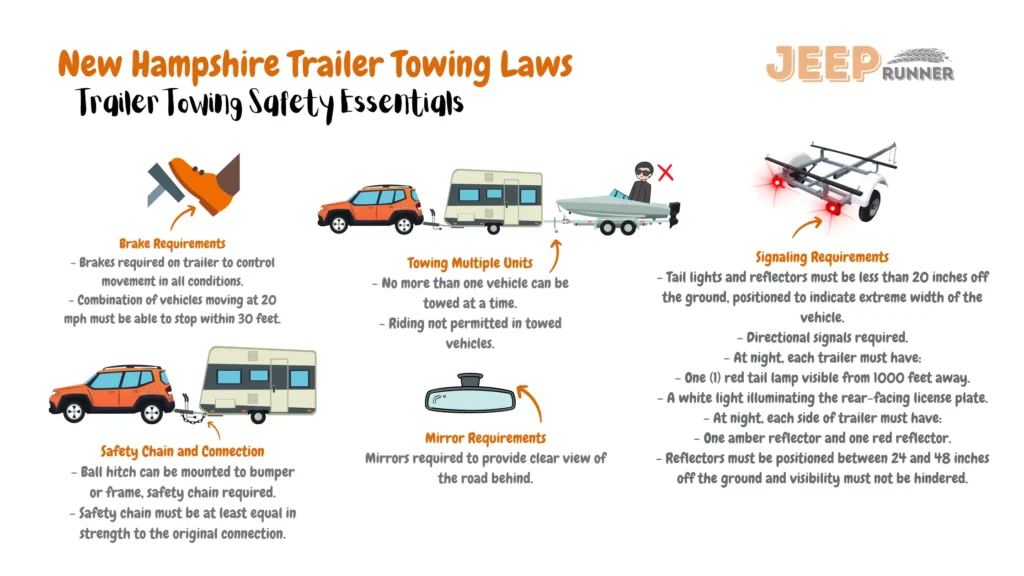
New Jersey Trailer Towing Laws.
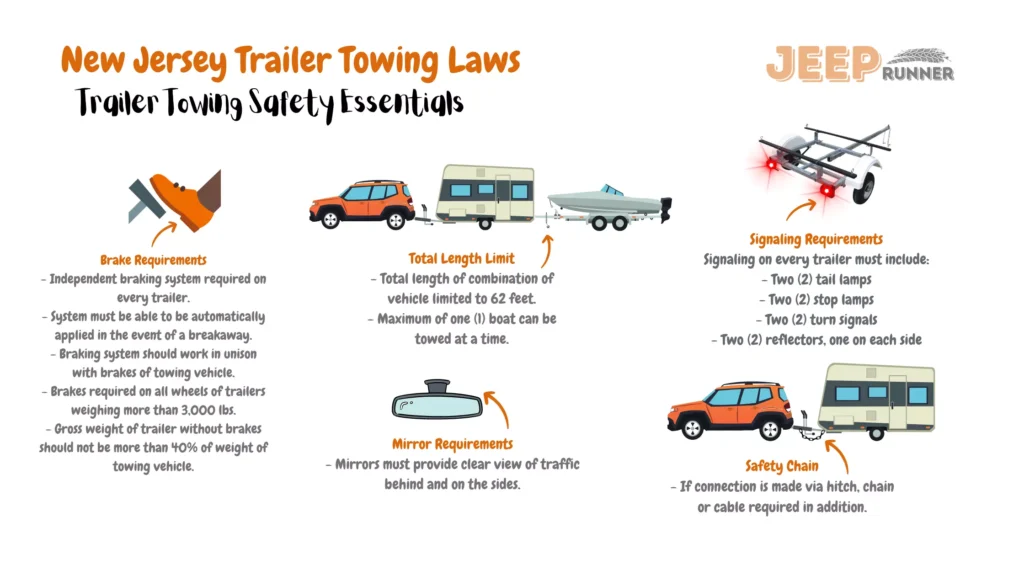
New Mexico Trailer Towing Laws.
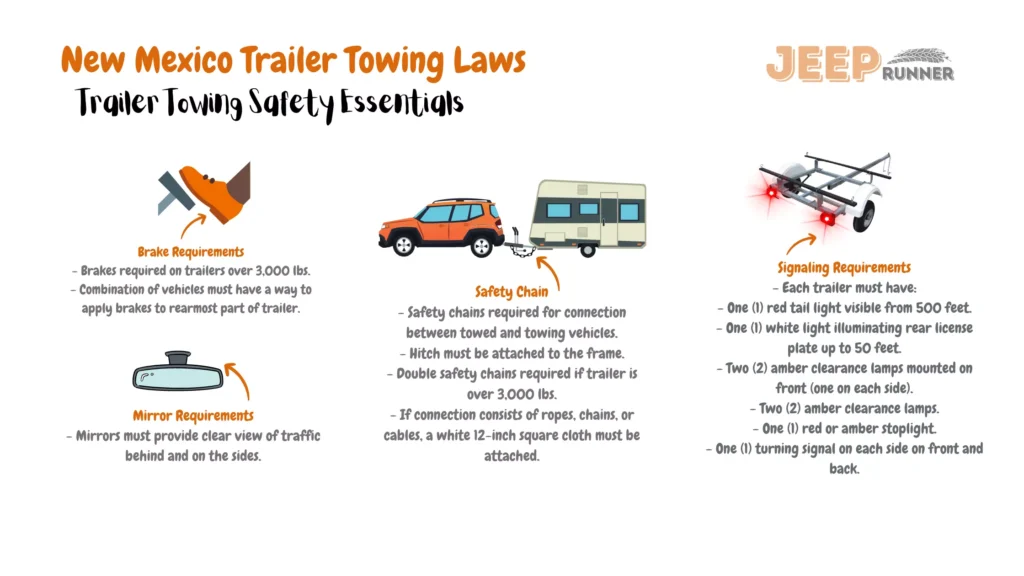
New York Trailer Towing Laws.

North Carolina Trailer Towing Laws.
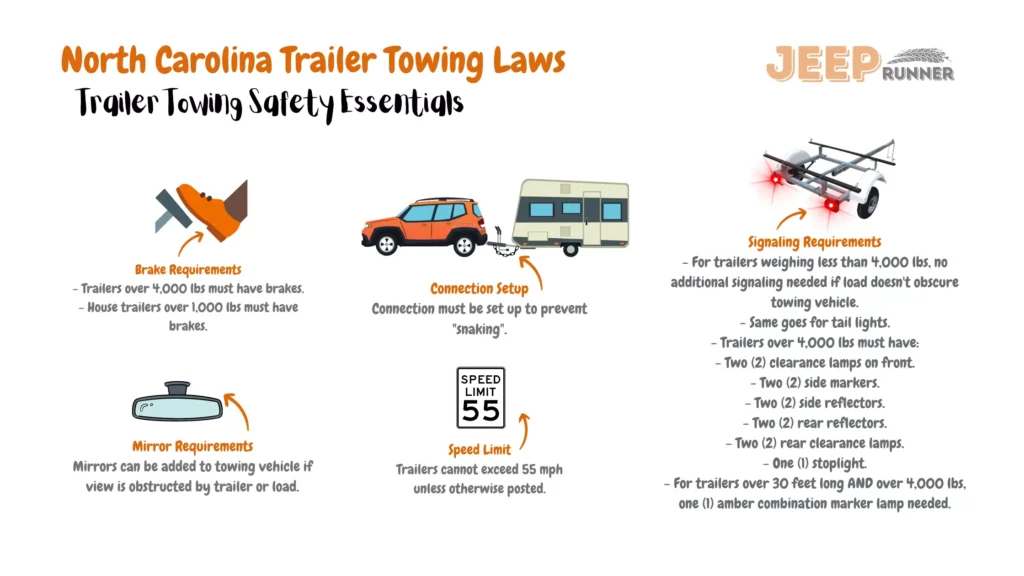
North Dakota Trailer Towing Laws.

Ohio Trailer Towing Laws.
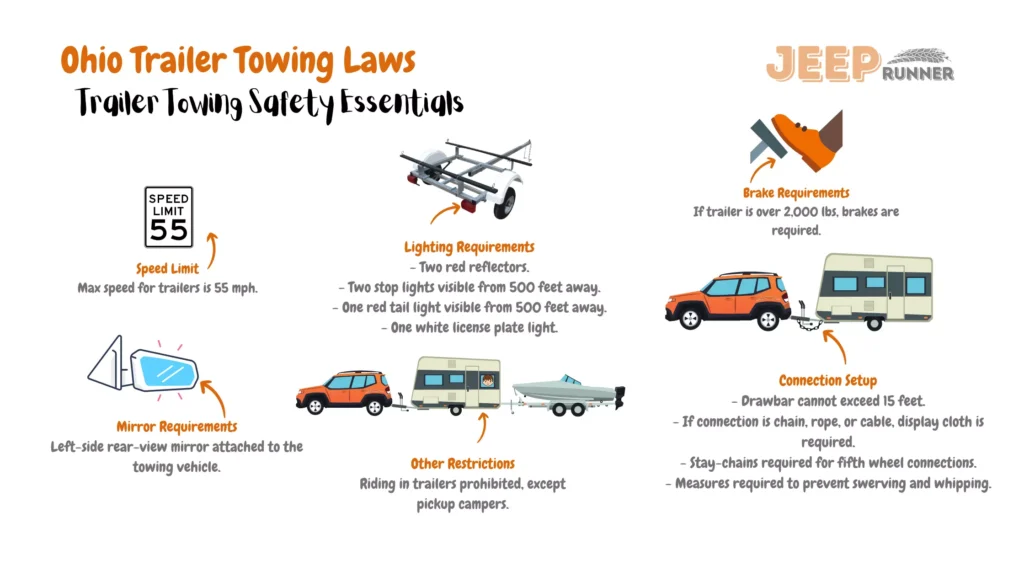
Oklahoma Trailer Towing Laws.
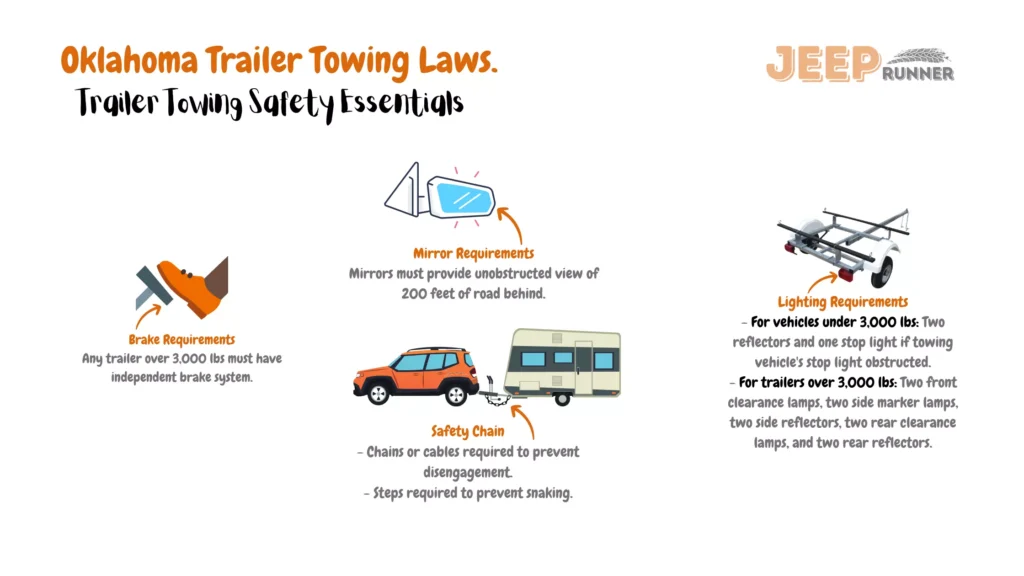
Oregon Trailer Towing Laws.
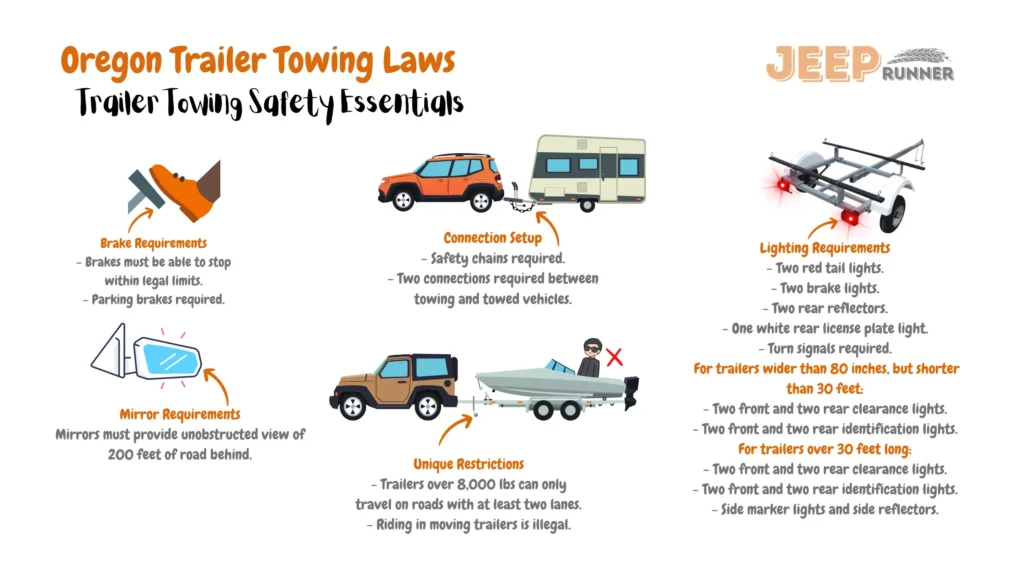
Pennsylvania Trailer Towing Laws.
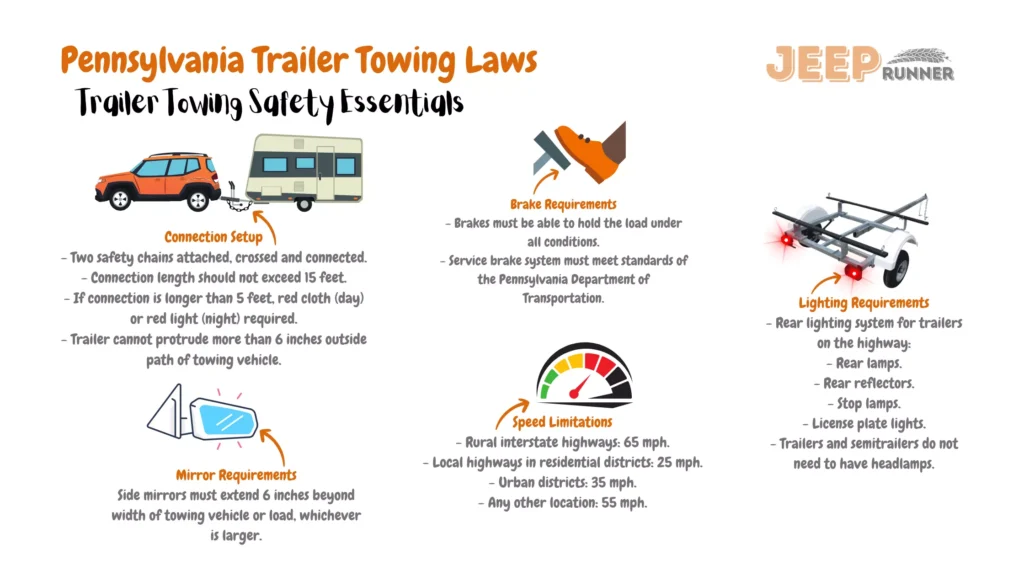
Rhode Island Trailer Towing Laws.
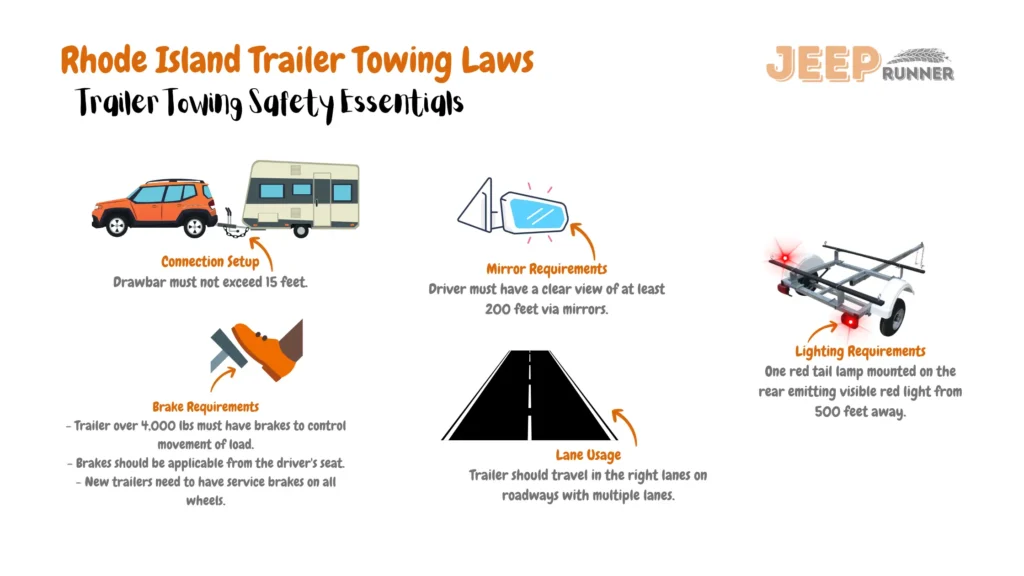
South Carolina Trailer Towing Laws,
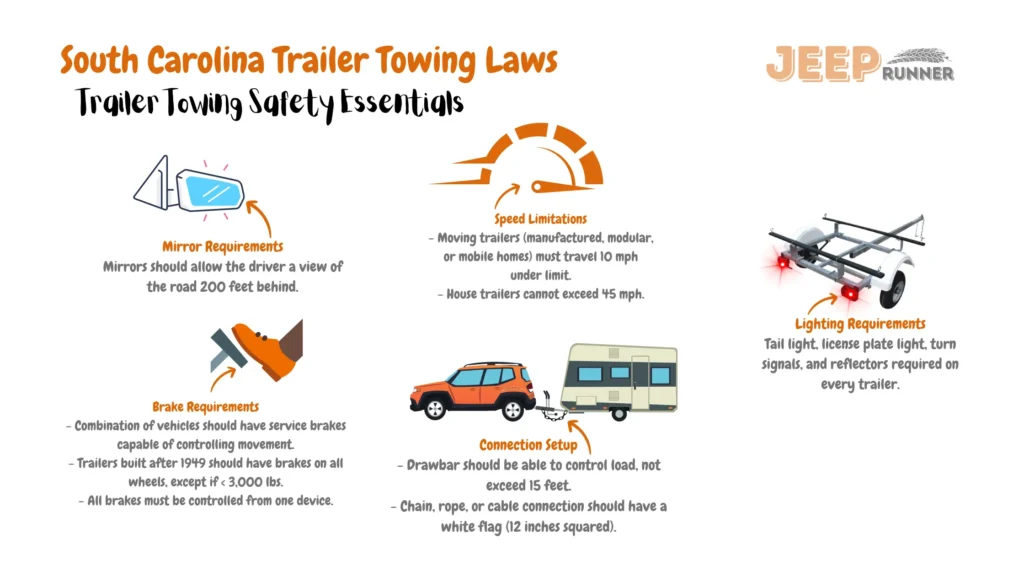
South Dakota Trailer Towing Laws.
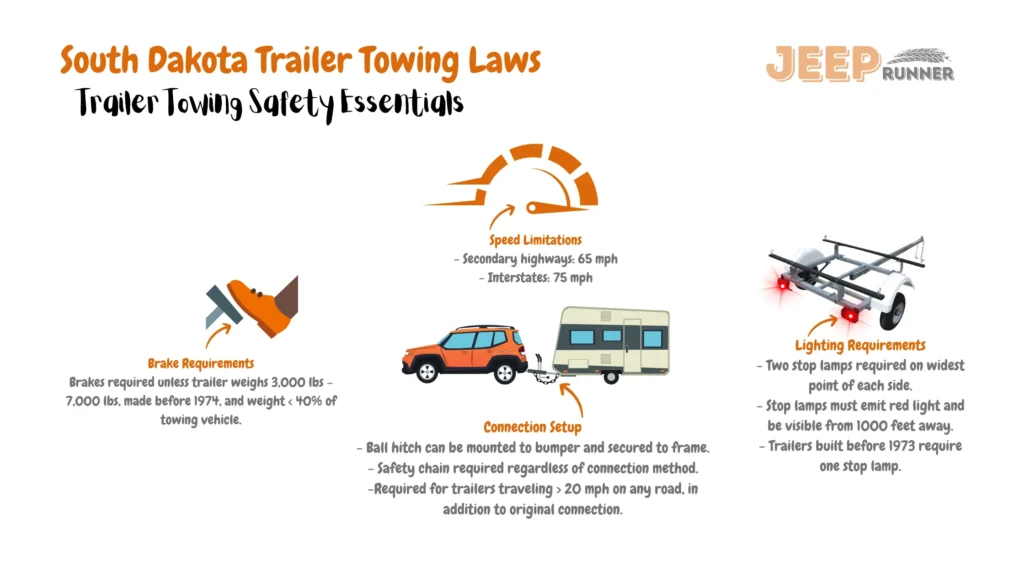
Tennessee Trailer Towing Laws.
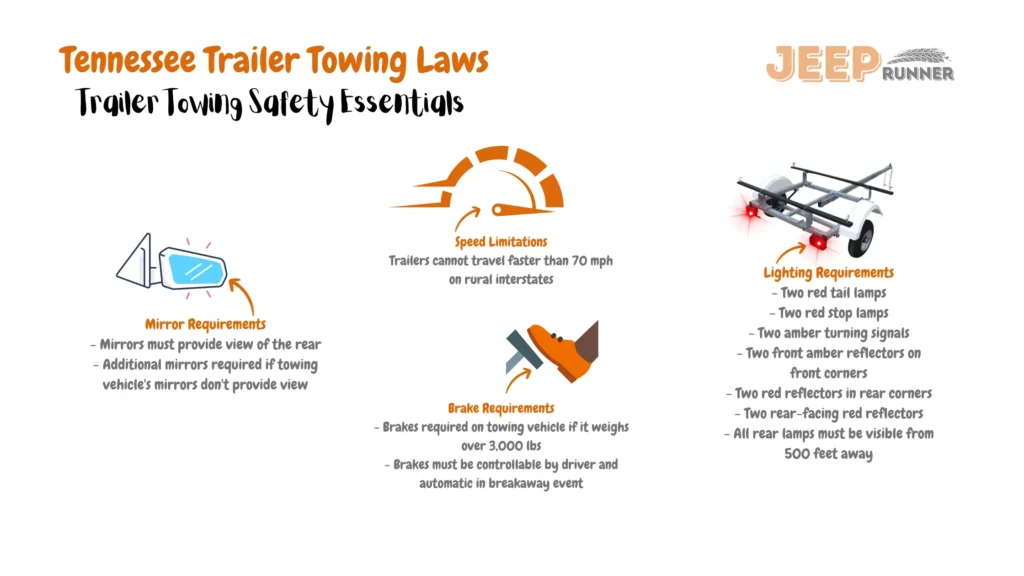
Texas Trailer Towing Laws.
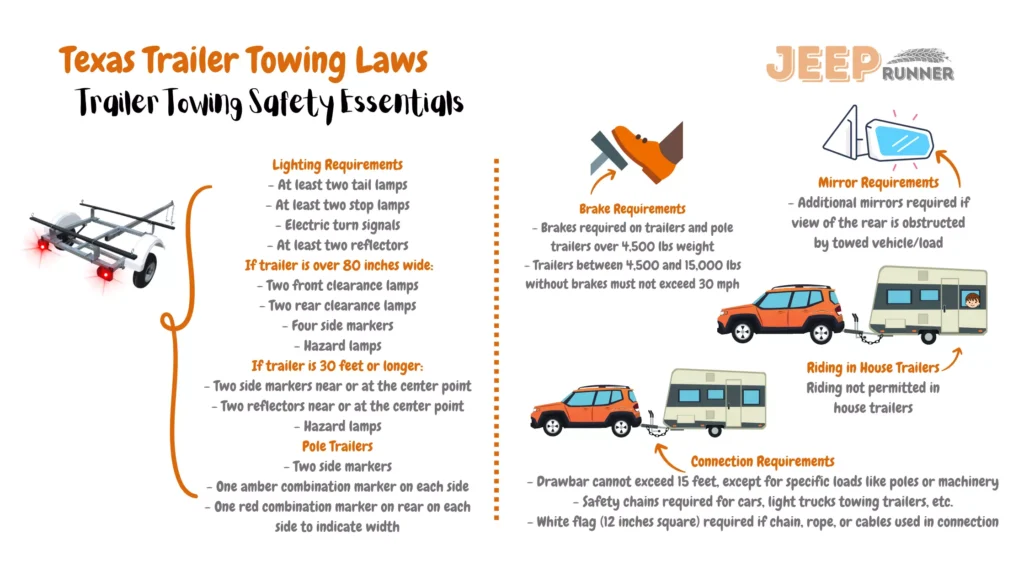
Utah Trailer Towing Laws.
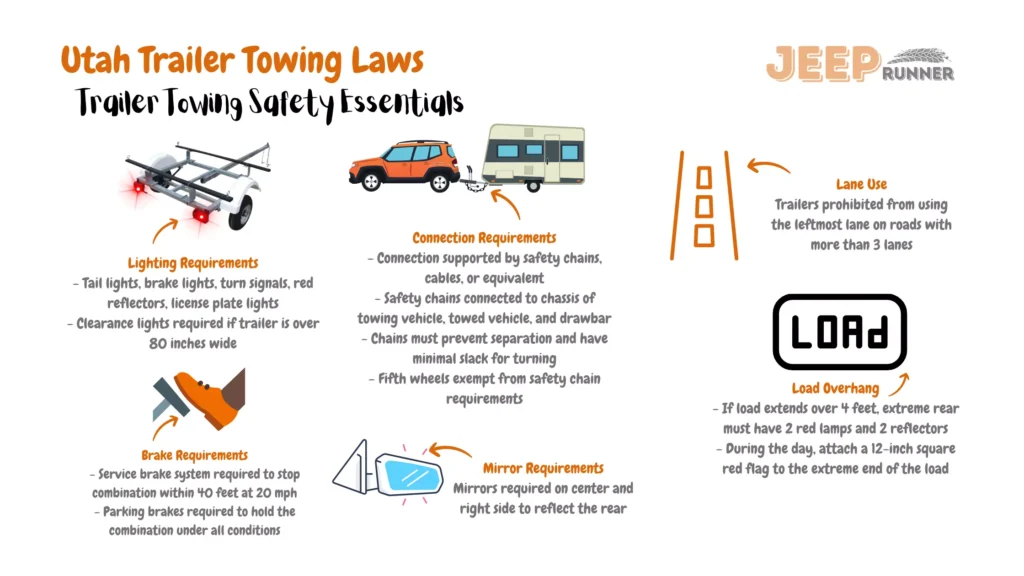
Vermont Trailer Towing Laws.
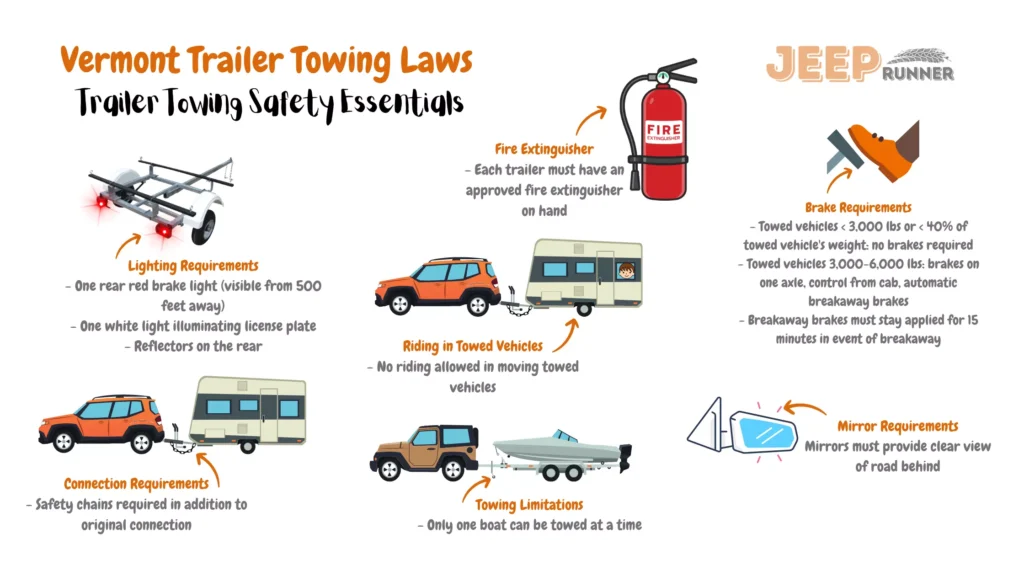
Virginia Trailer Towing Laws.
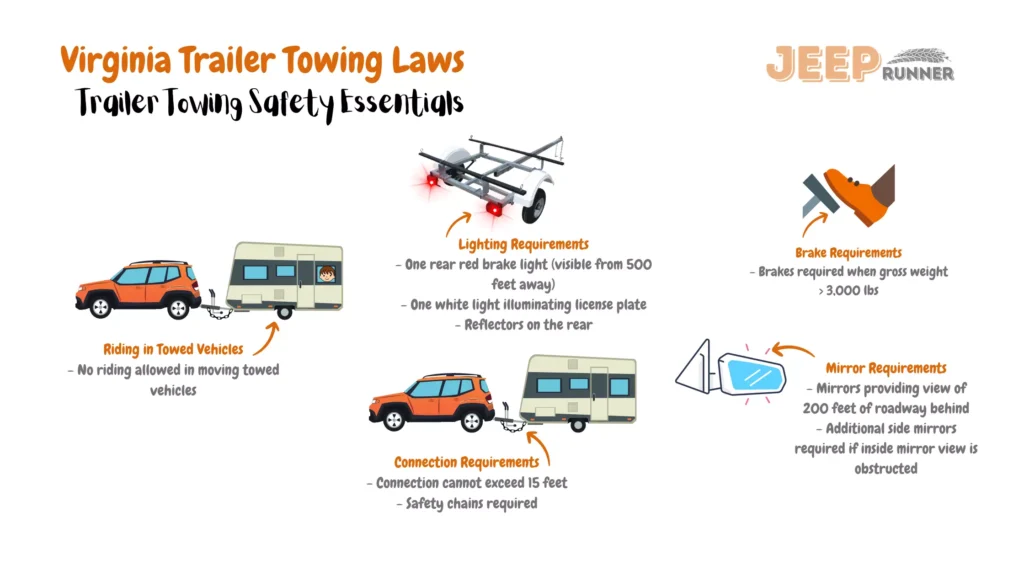
Washington Trailer Towing Laws.
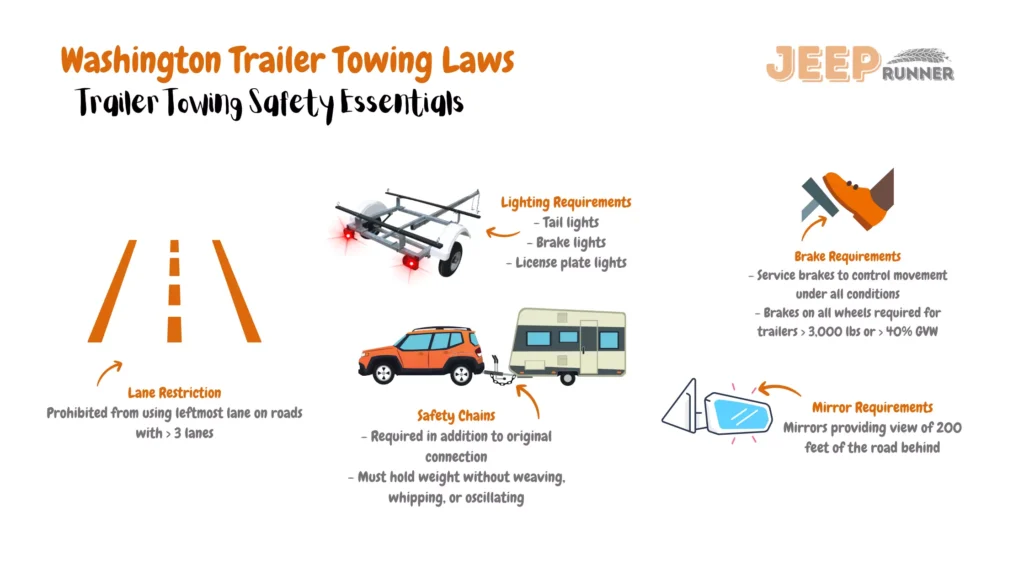
West Virginia Trailer Towing Laws.
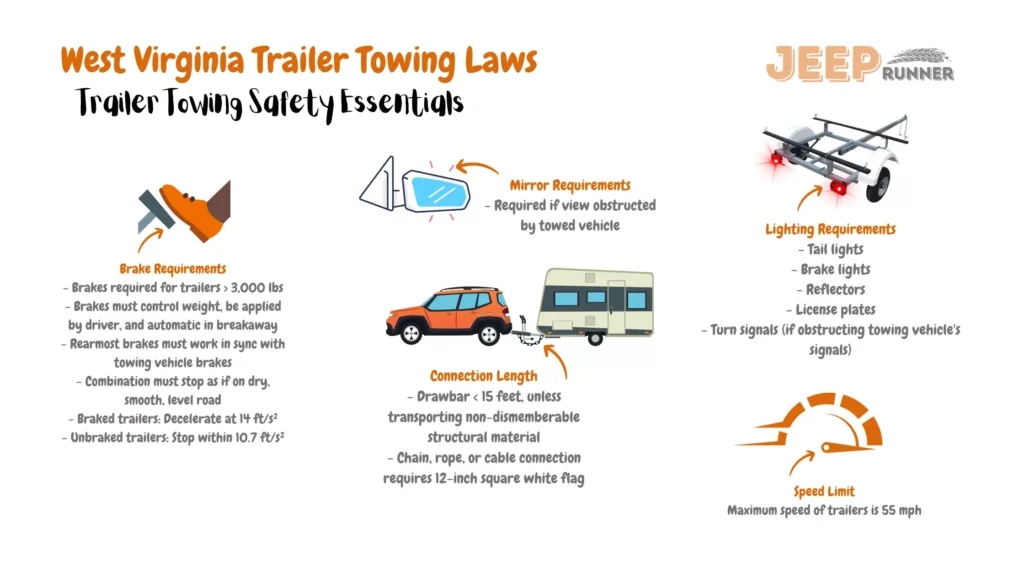
Wisconsin Trailer Towing Laws.
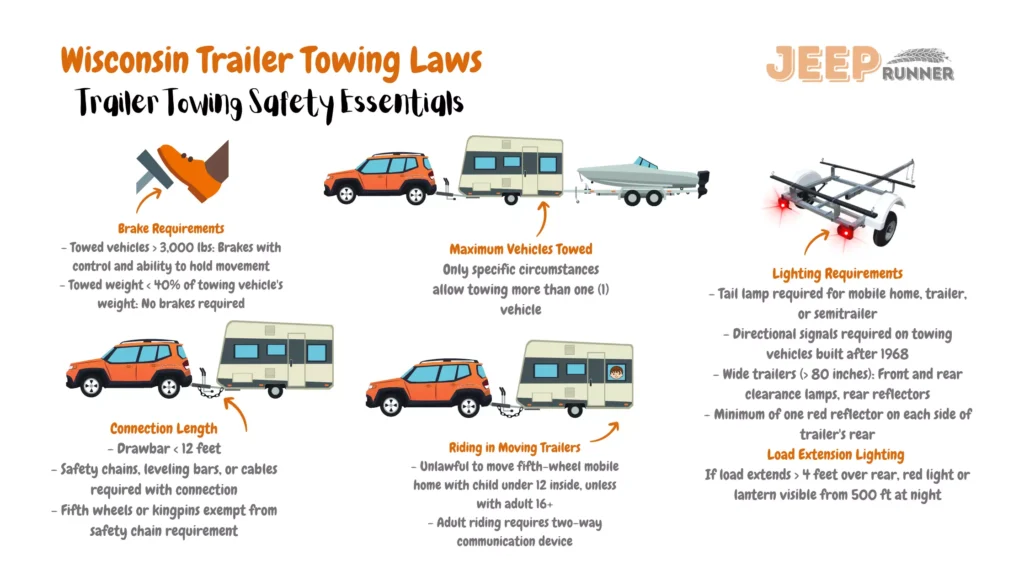
Wyoming Trailer Towing Laws.
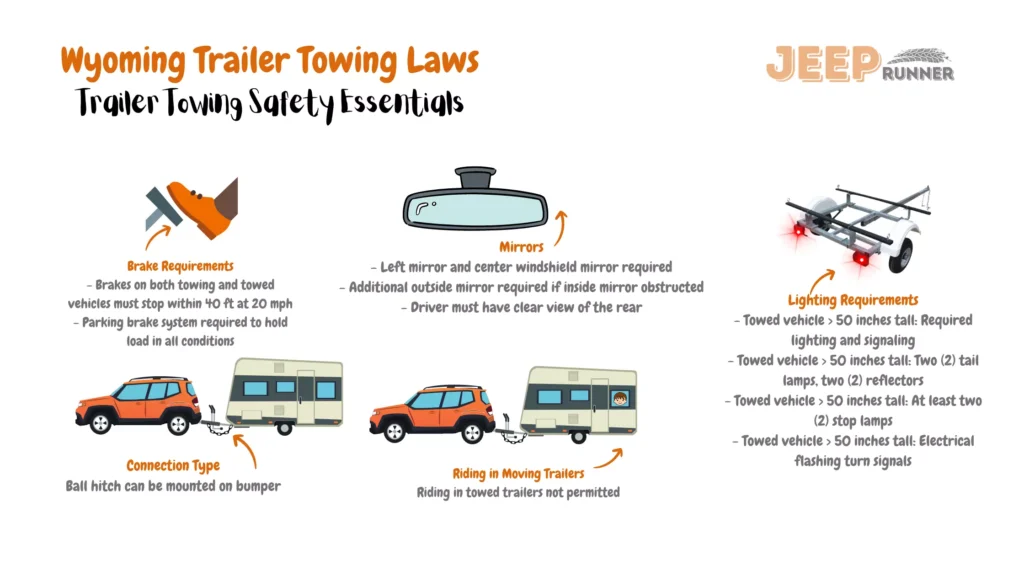

About the Author: James Ndungu
James Ndungu is a seasoned automotive professional with a deep passion for Jeeps. With 40 years of experience in owning, testing, and reviewing various Jeep models, James has gained extensive first-hand knowledge and expertise. He shares his insights, tips, and advice through his engaging writing, helping fellow Jeep enthusiasts navigate the exciting world of Jeeps.



